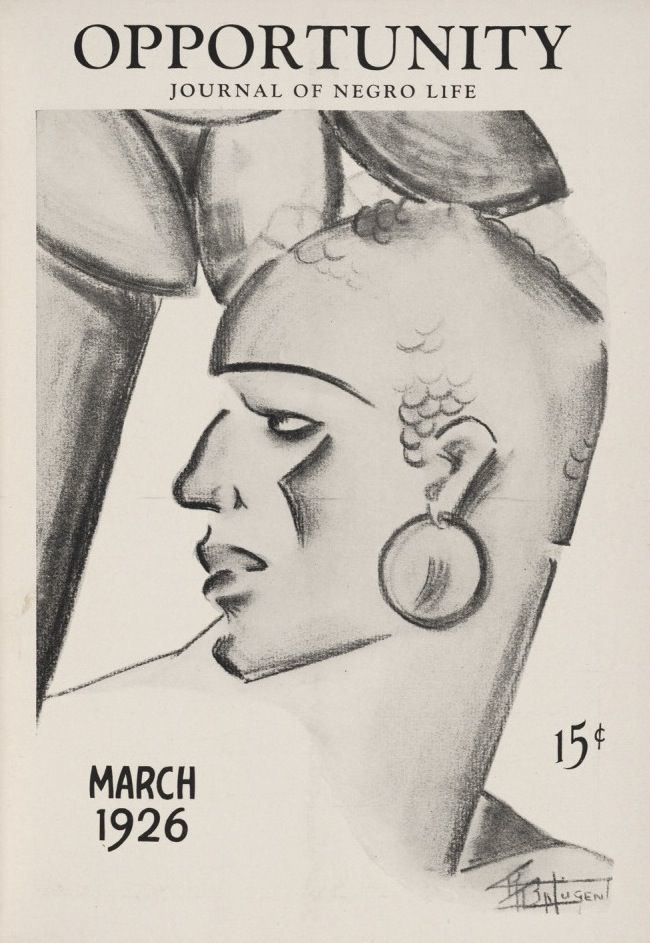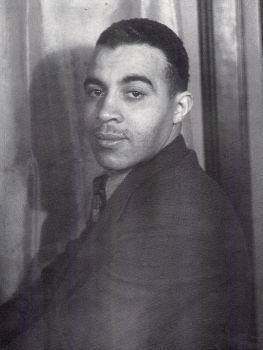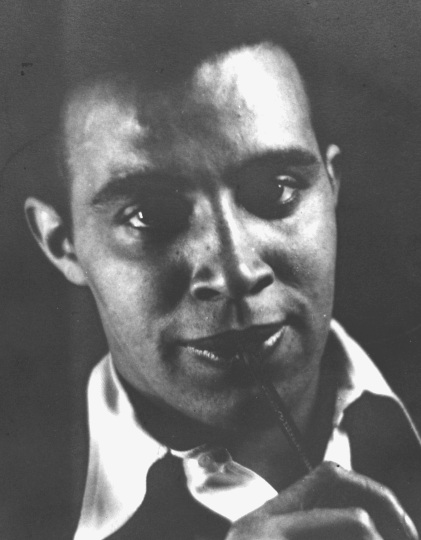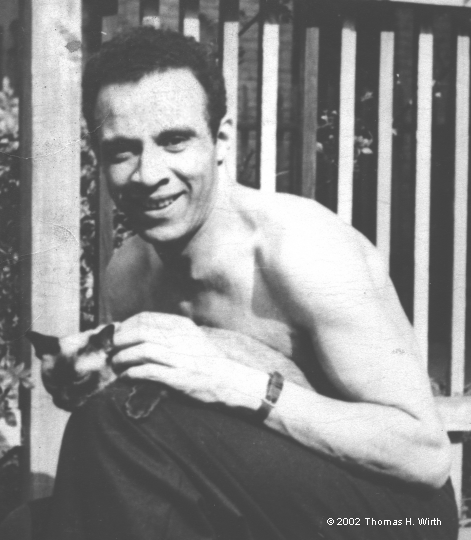Nationality American Name Richard Nugent Other names Bruce Nugent Role Writer | Occupation Author, artist Education Dunbar High School Known for Art, writings | |
 | ||
Born July 2, 1906 ( 1906-07-02 ) Washington DC, USA Books Gay Rebel of the Harlem Renaissance: Selections from the Work of Richard Bruce Nugent, Gentleman Jigger Similar People Alain LeRoy Locke, Langston Hughes, W E B Du Bois, Marcus Garvey | ||
How to pronounce richard bruce nugent american english us pronouncenames com
Richard Bruce Nugent (July 2, 1906 – May 27, 1987), aka Richard Bruce and Bruce Nugent, was a writer and painter in the Harlem Renaissance. One of many gay artists of the Harlem Renaissance, he was one of few who was out publicly. Recognized initially for the few short stories and paintings that were published, Nugent had a long productive career bringing to light the creative process of gay and black culture.
Contents
- How to pronounce richard bruce nugent american english us pronouncenames com
- Rambling My Review Of Gentleman Jigger by Richard Bruce Nugent
- Biography
- Legacy
- Major Works and Themes
- Film
- Theater
- References

Rambling My Review Of: Gentleman Jigger by Richard Bruce Nugent
Biography

Richard Bruce Nugent was born in Washington, DC on July 2, 1906 to Richard H. Nugent, Jr., and his wife Pauline Minerva Bruce. After attending Dunbar High School, he moved to New York after his father's death in 1920. Nugent's mother, Mrs. Nugent, worried about his son who does not have interest in getting a stable job, so she sent him to Washington DC to live with his grandmother. At that time, he met famous writers like Langston Hughes and Georgia Douglas Johnson. They became friends, influenced on works each other, and collaborated on works together. The majority of his life and career took place in Harlem in New York City, and he died of congestive heart failure on May 27, 1987 in Hoboken, New Jersey.

During his career in Harlem, Nugent lived with writer Wallace Thurman from 1926 – 1928 which led to the publishing of “Smoke, Lilies, and Jade” in Thurman's publication “Fire!!!”. The short story was written in a modernist stream-of-consciousness style, its subject matter was bisexuality and more specifically interracial male desire.

Many of his illustrations were featured in publications, such as “Fire!!!” along with his short story. Four of his paintings were included in the Harmon Foundation's exhibition of Negro artists, which was one of the few venues available for black artists in 1931. His only stand-alone publication, “Beyond Where the Stars Stood Still," was issued in a limited edition by Warren Marr II in 1945. He later married Marr's sister, Grace on December 5, 1952.

His marriage to Grace Marr lasted from 1952 until her suicide in 1969. Nugent's intentions with the marriage were unclear as they were not romantic due to his clearly stated interest in other men. Thomas Wirth, contemporary and personal friend of Richard Nugent claimed that Grace loved Richard and was determined to change his sexuality in “Gay Rebel of the Harlem Renaissance: Selections from the Work of Richard Bruce Nugent” 2002
During the 1960s, Nugent, Afro-American artist, and other coworkers founded the Harlem Cultural Council which sought municipal and federal funds for the arts and mainly worked on build construction for Schomburg Center for Research in Black Culture. Nugent also did active works as artist, performer, and commentator.
He attended the Community Planning Conference at Columbia University in 1964 as an invited speaker. The conference was held under the auspices of the Borough President of Manhattan/Community Planning Board 10 and Columbia University. The idea of forming an organization to promote the arts in Harlem emerged from the conference’s Cultural Planning workshop and led to the formation of the Harlem Cultural Council. Nugent took an active role in this effort and attended numerous subsequent meetings. Nugent was elected co-chair (a position equivalent to vice president) of this council. He also served as chair of the Program Committee until March 1967.
Legacy
Nugent's aggressive and honest approach to homoerotic and interracial desire was not necessarily in the favor of his more discreet homosexual contemporaries. Alain Locke chastised the publication “Fire!!!” for its radicalism and specifically Nugent's “Smoke Lilies, and Jade” for promoting the effeminacy and decadence associated with homosexual writers.
Nugent's group of friends, made up of Langston Hughes, Zora Neale Hurston, Aaron Douglas, Gwendolyn Bennett, and John P. Davis, all frequented "Niggerati Manor," which was where they socialized with each other as well as where the origination of "Fire!!!" was based. As well as his friends, Nugent was also influenced by the likes of Aaron Douglas and Georgia Douglas Johnson. These people's aesthetics were seen in his work. They also helped get his work into various magazines for exposure.
Nugent's work resurfaced in anthologies such as Michael J. Smith's “Black Men/White Men: A Gay Anthology" (1983), and Joseph Beam's interview with Nugent in “In The Life: A Black Gay Anthology” (1986). His work after its resurfacing brought to light the lifestyle of black gay artists during the Harlem Renaissance. His use of codes made much of his work pass unseen by straight contemporaries under the disguise of biblical imagery for example. Nugent bridged the gap between the Harlem Renaissance and the black gay movement of the 1980s and was a great inspiration to many of his contemporaries.
Major Works and Themes
Alain LeRoy Lock who is American writer asked Ricard Bruce Nugent to contribute to the anthology “The New Negro.” When Nugent drew a picture of ‘a washing drawing of an African girl standing in a hut. The doorway of a hut, apparently jangling her bracelets,’ Lock liked his picture and suggested him to create the story about it. Therefore, Nugent called the girl as ‘Sahdji.’ In his story, Sahdji is beautiful and the wife of Konombju. She has a stepson, Mrabo who is waiting his father getting old since he liked his mother. Another character, Numbo who idolized Mrabo, is aware of Mrabo’s thought and so kills Konombju during he is going to hunt. Because of husband’s death, Sahdji mourns and throws her body to his funeral pyre while he is watching. In the first time, this story was regard as gay prose text. However, it is regarded as African morality tale which condemns murder, not homosexual love. Locker encouraged him to write the story again and he created ‘Sahdji: An African Ballet.’ Sahdji premiered at Howard University in the late 1920s and was also produced at the Eastman School of Music in Rochester, New York, in the summer of 1932. His works received honorable metions.
Film
Theater
Smoke Lilies & Jade is a Bildungsroman (coming-of-age) play by writer Carl Hancock Rux. Loosely based on Nugent's 1926 short story, "Smoke, Lilies and Jade" (as well as elements of Richard Bruce Nugent's own life). The play concerns the psychological and moral growth of its protagonist Alex as he reflects on his love for a man named Beauty (a composite character of all the men the protagonist has loved intimately throughout his life) and a woman named Melva (a character loosely based on Nugent's wife, Grace Elizabeth Marr) as well as the relationships, racial injustices and personal tragedies that befell many of his Jazz Age Harlem compatriots. The play was initially commissioned by The Joseph Papp Public Theater and later produced by the CalArts Center for New Performance.
